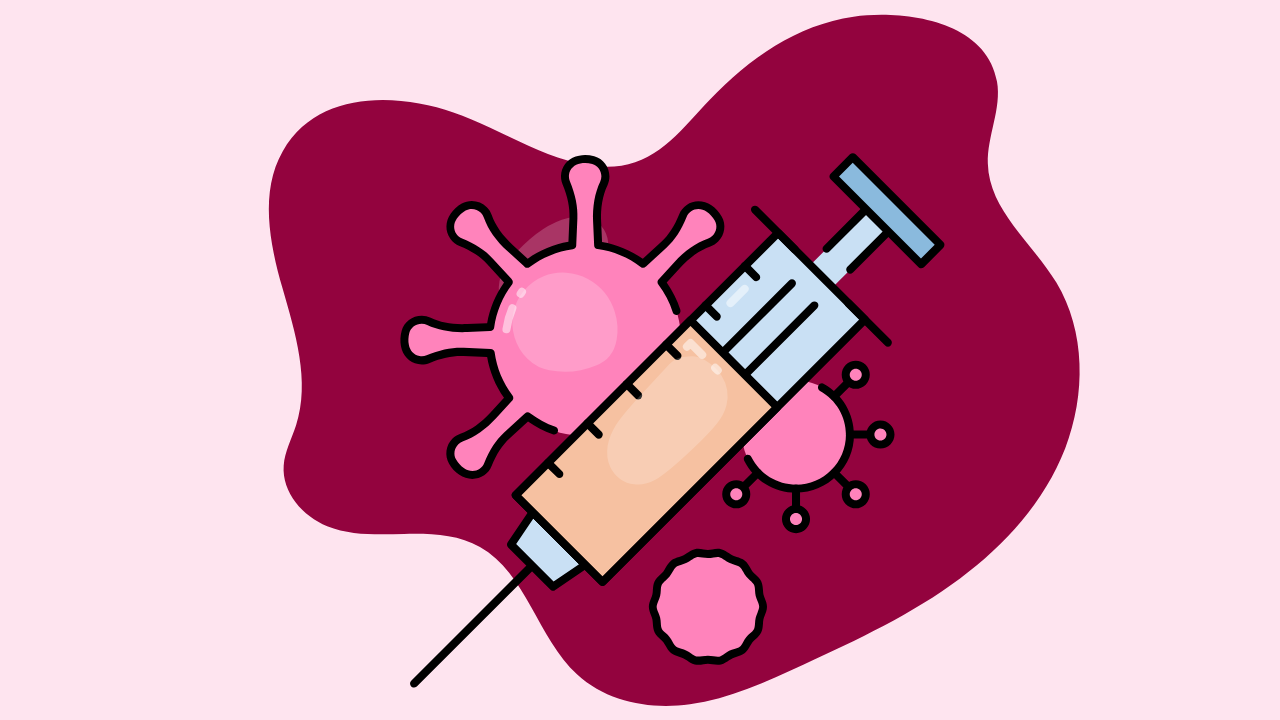Manipulating Tumor Metabolism May be Key to Triple Negative Treatment

Triple negative breast cancer, known for its aggressive nature and limited treatment options, may soon encounter a new ray of hope. Scientists in China, led by Dr. Jia-Han Ding from Fudan University in Shanghai, have made strides in understanding and potentially treating this lethal form of breast cancer. Their research, published in the journal Science Translational Medicine, unveils a promising strategy that revolves around a compound produced by the cancer itself.
Understanding Triple Negative Breast Cancer
Triple negative breast cancer is characterized by the absence of three specific receptors—estrogen receptors, progesterone receptors, and HER2 protein receptors—making it challenging to treat using conventional therapies. This subtype constitutes about 10% to 15% of all breast cancer cases in the United States and poses a significant risk of metastasis, particularly affecting African American and Hispanic women.
Unveiling a Metabolic Solution
Dr. Ding and his team delved into the metabolic intricacies of triple negative breast cancer, aiming to exploit its vulnerabilities. Their research identified a metabolite called guanosine diphosphate-mannose (GDP-M) produced by the cancer cells. Remarkably, GDP-M impedes a crucial process called homologous recombination repair, which is vital for cancer cells to repair DNA damage.
The Role of GDP-M in Treatment
GDP-M acts as a potent enhancer of anti-tumor immunity while hampering the tumor's ability to repair DNA breaks. By doing so, it sensitizes the cancer cells to existing therapies, making them more responsive to treatment. Importantly, combining GDP-M with DNA-damaging drugs like cisplatin and targeted agents such as PARP inhibitors shows promising results in both laboratory studies and animal models.
Bridging the Treatment Gap
One of the significant challenges in treating triple negative breast cancer lies in its heterogeneity—the variability among tumors. Pathologists have developed methods to categorize these tumors based on their ability to repair DNA damage, offering insights into potential treatment responses. Dr. Ding's research suggests that GDP-M supplementation could bridge this treatment gap by converting less responsive tumors into more treatable ones.
Future Perspectives
The findings from Dr. Ding's study open new avenues for triple negative breast cancer therapy. By harnessing the tumor's own metabolism, researchers may soon develop more effective treatment strategies, offering hope to patients with this aggressive form of breast cancer. The potential combination of GDP-M with existing therapies could revolutionize treatment approaches and improve outcomes for those battling this challenging disease.
While further research and clinical trials are necessary to validate these findings, the discovery of GDP-M as a therapeutic adjunct represents a significant step forward in the fight against triple negative breast cancer. With continued efforts and collaboration, we may soon witness transformative advancements in the management of this formidable disease.








